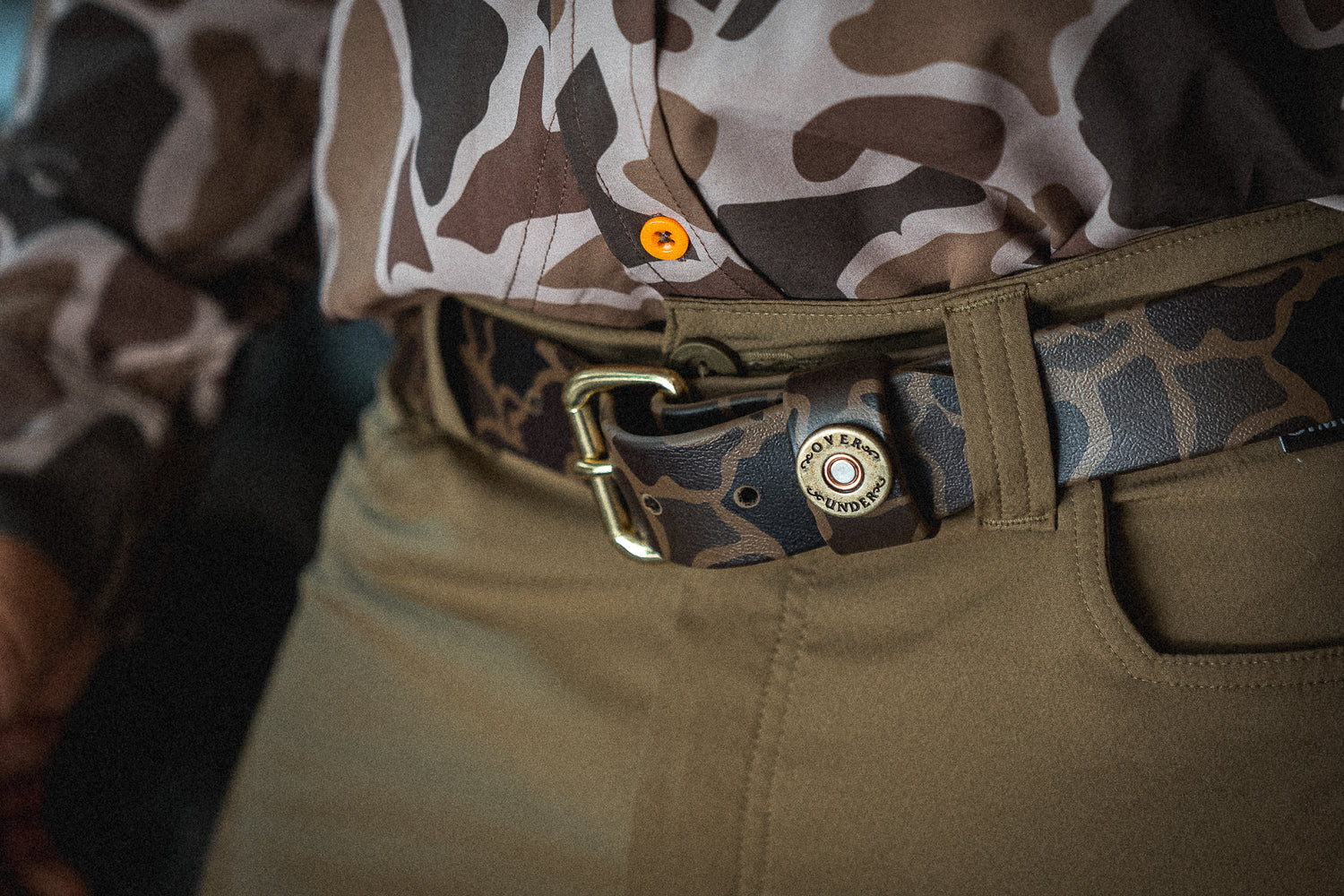Duck camouflage has a history dating back to the Second World War. Over time, the patterns were adopted by hunters looking for an advantage against keen, fast prey operating in their native environment. The outerwear is still used by the military and sportsmen today who continue to customize designs, patterns, and materials in difficult terrain. By learning more about duck camo’s history and options, you’ll be able to find the products most needed for your next hunt.
What Is the Origin of Duck Camouflage?
The duck camouflage pattern was born out of necessity. Following the attack on Pearl Harbor, the Pacific Theater became highly contested, eventually reaching New Guinea--a large island off the northern coast of Australia. It was home to many Allied military installations that posed a threat to Axis forces in the area. From early 1942 until the war’s end in 1945, New Guinea was central to operational power in the Pacific.
However, its tropical setting posed a challenge to American, New Guinean, and Australian forces. The solid color of then-current military uniforms was noticeable in the jungle backdrop, full of contrasting green, brown, and beige tones. After surveying the area, Allied Commander-in-Chief General Douglas MacArthur commissioned adaptive equipment. He also requested a variation of the disruptive coloration camouflage pattern that the US Army Corps of Engineers had in development. The one-piece outerwear jumpsuit featured a dappled pattern of five green and brown tones that obfuscated the outlines of soldiers as they tracked through the jungle marsh. It eventually proved successful during the New Guinea campaign, leading to the development of a three-color variation for desert use.
How Has Duck Camouflage Evolved Over Time?
Adaptability ensures longevity, and duck camouflage was made to be adaptable. The initial design was too light for darker jungle areas, leading to variations that offered dark gray, green, and brown shades. The change enhanced concealment for soldiers, whether they were static or moving in jungle terrain. Different shades were also applied to other pieces of gear, ranging from helmets and Klettersack backpacks to two-piece utility uniforms and ponchos.

Once the war ended, the military didn’t have much use for camouflage outerwear, which ended up in army surplus stores. Sportsmen quickly realized the value of adapting the camouflage style to hunting. They would either purchase the stock outerwear or design their own to better match the color palette of the environment they were hunting in. As such, retailers now provide hunters with duck camouflage in various colors and patterns. Additionally, they use different materials during manufacturing for further customization. The variety allows each hunter to choose camo outerwear that will help conceal their movements and remain comfortable in any season or weather conditions.
Our duck camo apparel is made with functionality, comfort, and longevity in mind. For more information on our stock and free shipping options, reach out to us at (904) 619-0577.


